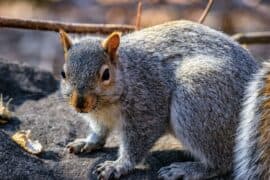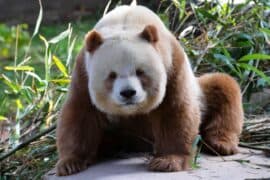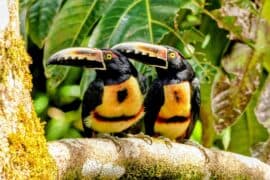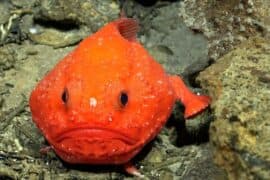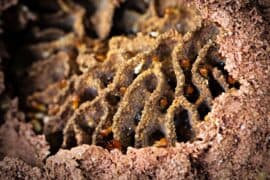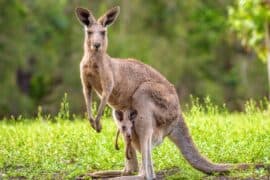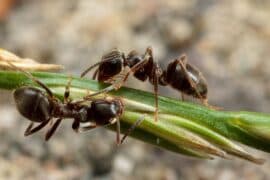Red-shouldered macaw
(Diopsittaca nobilis)
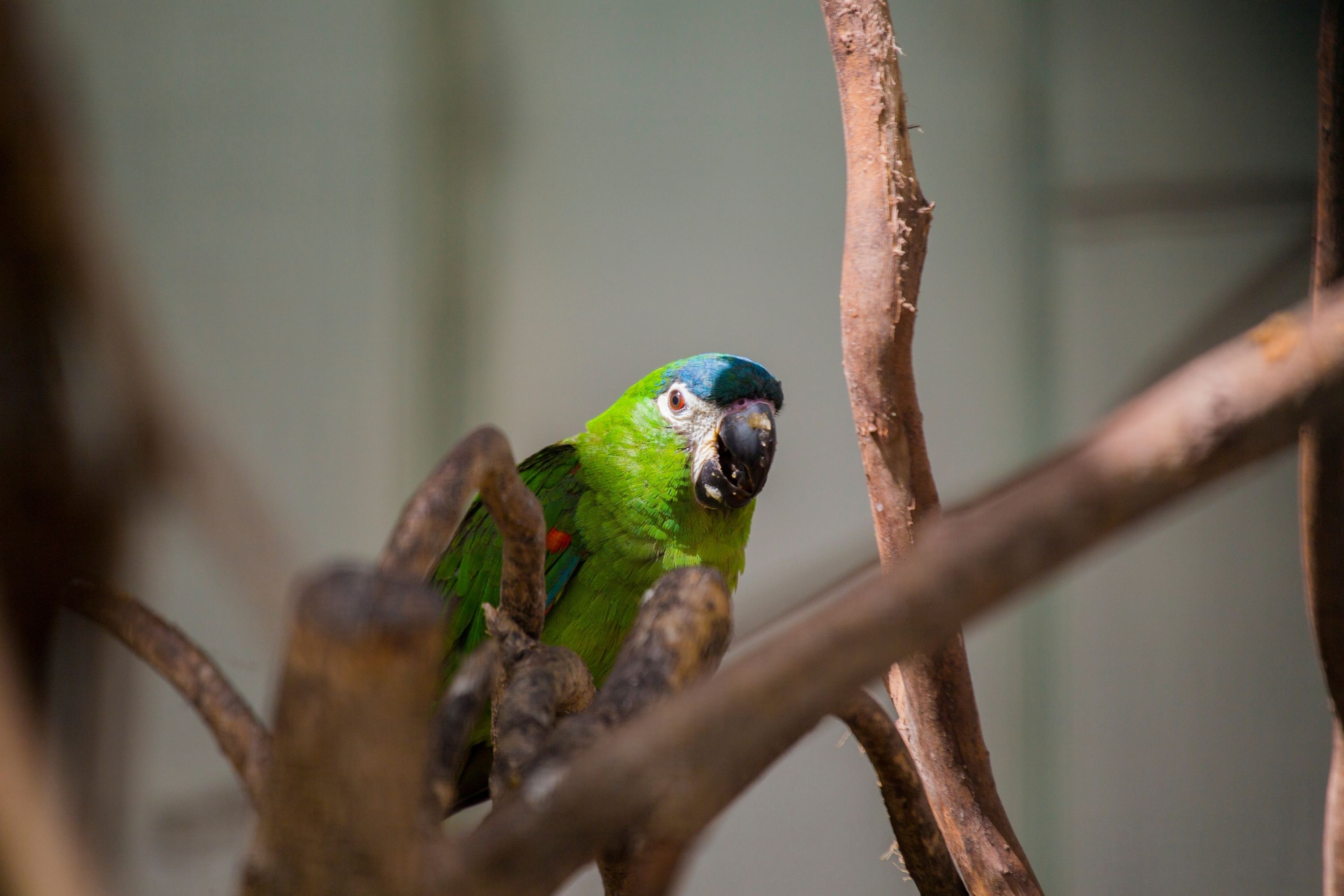
Description
The red-shouldered macaw (Diopsittaca nobilis) is a small green South American parrot, a member of a large group of Neotropical parrots called macaws. The species is named for the red coverts on its wings. It is the smallest macaw, being 30–35 cm (12–14 in) in length - similar in size to the Aratinga parakeets. It is native to the tropical lowlands, savannah, and swamplands of Brazil, the Guianas, Bolivia, Venezuela, and far south-eastern Peru. It has two distinct subspecies, the noble macaw and the Hahn's macaw, and a possible poorly distinct third subspecies that has longer wings, but is otherwise similar to the noble macaw. The Hahn's subspecies is named for German zoologist Carl-Wilhelm Hahn, who in 1834 began compiling Ornithologischer Atlas oder naturgetreue Abbildung und Beschreibung der aussereuropäischen Vögel (Engl: Ornithological Atlas or natural depiction and description of birds from outside Europe). Red-shouldered macaws are frequently bred in captivity for the pet trade, where they are sometimes described as mini-macaws. Though wild populations of red-shouldered macaws have declined locally due to habitat loss, they are listed as Least Concern by IUCN. They are listed on Appendix II of CITES, trade restricted. The red-shouldered macaw, at 30 cm (12 in) long and 165 g (5.8 oz) weight, is the smallest of all the macaws. Like all macaws, it has a long narrow tail and a large head. It has bright green feathers on the body, with dark or slate blue feathers on the head just above the beak. The wings and tail have feathers that are bright green above and olive-green below. The leading edges of the wings, especially on the underside, are red. (These red feathers appear at puberty.) Their eyes are orange, and the skin around the eyes is white without feathers, just as in the larger macaws. This bare patch of facial skin is smaller in proportion to the head than the one seen in most larger macaws. The Hahn's macaw and noble macaw can be distinguished by the Hahn's having a black upper mandible and the Noble's having a lighter, horn-colored upper mandible. Their natural vocalizations are more akin to screeches than they are to whistles.
Taxonomic tree:

